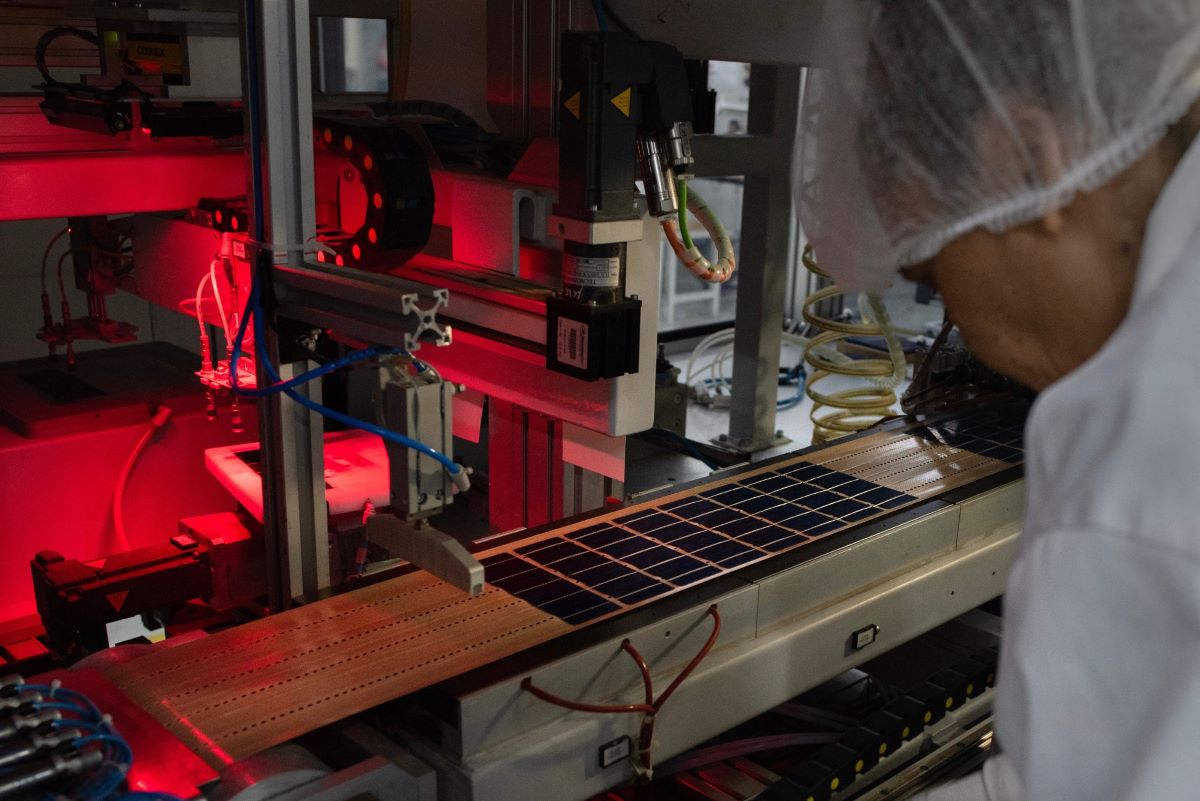(3 Minutes Read)
The largest negative contributor to the headline reading was the basic iron and steel, non-ferrous metal products, metal products, and machinery segment, which fell 8.4% year on year and removed 1.8 percentage points from the top-line number
The manufacturing sector in South Africa performed below expectations in June. However, a strong performance in April provided enough of a boost for the sector to show positive quarterly growth of 0.9% in the second quarter, which means the sector will add favourably to the second quarter’s GDP reading.
According to data released by Stats SA recently, manufacturing production decreased 5.2% in June 2024 compared with June 2023, after decreasing 1.2% in May and increasing 5% in April. The June result was far below economists’ expectations of a 0.9%-1.2% drop in output. Seasonally adjusted manufacturing production decreased 0.5% in June compared with May.
The largest negative contributor to the headline reading was the basic iron and steel, non-ferrous metal products, metal products and machinery segment, which fell 8.4% year on year and removed 1.8 percentage points from the top-line number.
The latest numbers showed that even with improved operating conditions, and despite no scheduled power outages implemented during June, businesses were still faced with weak demand for manufactured goods, said Jee-A van der Linde, a senior economist at Oxford Economics.
Read Also:
https://trendsnafrica.com/fitch-downgrades-south-africa-thanks-to-eskom/
Based on the latest data, they expected to see GDP growth of 0.3% for the second quarter. The SA Reserve Bank has predicted growth of 0.6% for the quarter and a 0.1% contraction in the first quarter. The Absa PMI, which is published by the Bureau for Economic Research (BER) beat expectations, improving 6.7 points to 52.4 in July. The BER said the rebound was likely to have been the result of stronger domestic and global demand filtering through to higher business activity and new sales orders. It also reflected improved confidence in the formation of the GNU and stabilising the electricity supply.





